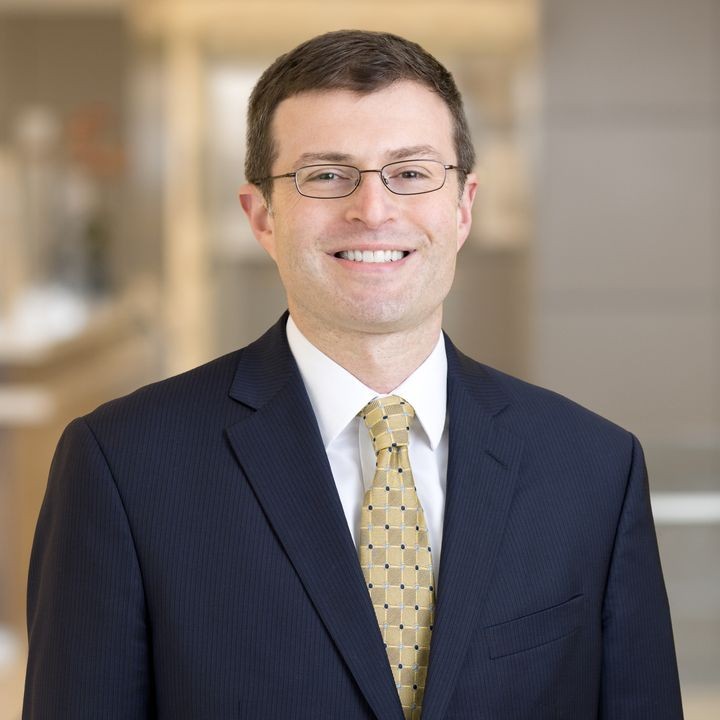United States v. AseraCare: A Look at the First (and Perhaps Last) Bifurcated FCA Trial
Publication | 12.02.15
“False Claims Act cases have been particularly hot in 2015.” So reads the first line of Judge Karen Bowdre’s order granting a new trial in United States v. AseraCare Inc., No. 2:12-CV-245-KOB (N.D. Ala. Nov. 3, 2015). If 2015 has been a “hot” year for FCA cases, then AseraCare—and its unprecedented procedural twists—is undoubtedly one of the hottest.
By way of background, the qui tam suit against AseraCare was filed under seal in 2008 by three admissions nurses who alleged that the national chain of hospice providers improperly recruited and certified patients, some of whom were not terminally ill, in an effort to make as much profit as possible from Medicare. The government intervened in 2012 and sought more than $200 million in fines and penalties, making it the largest FCA case ever brought against a hospice provider.
The case first made headlines in December 2014 when the court, at the government’s urging, authorized the use of statistical sampling in the government’s efforts to prove both FCA liability and potential damages. The court concluded that the government’s proposal to present statistical evidence from a sampling of claims reviewed by an expert would provide sufficient evidence of falsity to defeat summary judgment and thus denied AseraCare’s motion for partial summary judgment. This pretrial ruling opened the door for the government to put on evidence about a random sample of 123 patients drawn from a population of 2,181 patients.
In May of 2015, the case was back in the news when the court made the unprecedented decision to bifurcate the falsity and scienter elements into two separate trials. In June, the court denied the government’s motion for reconsideration. Prior to the bifurcation order, the government planned on introducing pattern and practice evidence about the company’s marketing practices that included some highly prejudicial internal communications about the need to fill hospice beds by “trolling” in poor neighborhoods to enroll patients. The government argued that this evidence was probative of AseraCare’s fraudulent scheme, and would, therefore, be admissible under Federal Rule of Evidence 401.
In the motion to bifurcate the trial, the defense argued that this information was not needed to determine falsity and that the government was simply trying to “poison the well” by introducing inflammatory evidence that was relevant only to knowledge and not to falsity. In other words, allowing the government to conflate the separate elements of falsity and knowledge would unfairly taint the jury’s views on the core element of falsity. In response, the government argued that the elements of falsity and knowledge under the FCA are so intertwined that they could not be tried separately.
In bifurcating the trial, the court agreed that allowing information about the company’s marketing practices would be unduly prejudicial to AseraCare and ruled that the government could not present evidence of general corporate practices during the phase one trial focused on falsity. A likely evidentiary concern underlying the bifurcation order was the court’s prior pretrial ruling authorizing the use of statistical sampling and extrapolation to prove falsity. The bifurcation order can be viewed as a measure to level the playing field by preventing the government from introducing evidence—not relevant to falsity—that could improperly affect the jury’s determination of whether the claims within the sample were false.
After a ten-week trial and nine days of deliberations on phase one, the jury sided with the government and the relators and found that claims for 104 patients out of the 121 patient samples were objectively false. But just four days later, the court held a hearing, sua sponte, to discuss the instructions the court had provided to the jury. At the hearing, Judge Bowdre stated that she should have instructed the jury, as requested in AseraCare’s proposed jury instructions, that a mere difference of opinions among physicians, without more, is insufficient to show falsity under the FCA. She noted that AseraCare had put on several expert witnesses whose opinions contradicted the opinions of the government expert who had second-guessed the certifying physician’s judgment in certifying patients as eligible for hospice. AseraCare moved for a new trial on the grounds articulated by Judge Bowdre, which the court granted. For FCA defendants, the court’s ruling drives home the importance of hiring a competing expert in order to show a difference of opinion in cases where the government performs a post hoc evaluation of a physician’s clinical judgment in an effort to prove falsity.
In a final twist, on November 3, 2015, Judge Bowdre issued an order, sua sponte, stating that she would reconsider summary judgment before setting a new trial date. She noted that the government had presented all of its admissible evidence regarding the falsity of claims at issue in phase one, yet she could find nothing more than a difference of opinion among physicians. Citing United States ex rel. Riley v. St. Luke’s Episcopal Hosp., 355 F.3d 370, 376 (5th Cir. 2004), Judge Bowdre concluded that “the law is clear: a difference of opinion is not enough” to support a finding of falsity. Her decision to reconsider summary judgment suggests that phase one of the AseraCare trial may well be the last.
In the wake of the AseraCare court’s bifurcation order—and the fact that trial courts have broad discretion to bifurcate issues at trial pursuant to FRCP 42(b)—it is likely that more FCA defendants will cite AseraCare as precedent and move for bifurcation of issues. In light of all the unexpected twists in this case, however, other judges may very well be reluctant to follow Judge Bowdre’s example.
Contacts
Insights
Publication | 12.15.25
International Comparative Legal Guide - Telecoms, Media & Internet 2026
Publication | 11.24.25
Litigation Funders Looking to Invest in Law Firms Face Hurdles
Publication | 11.19.25
Who Can Fix It? Antitrust, IP Rights, and the Right to Repair



